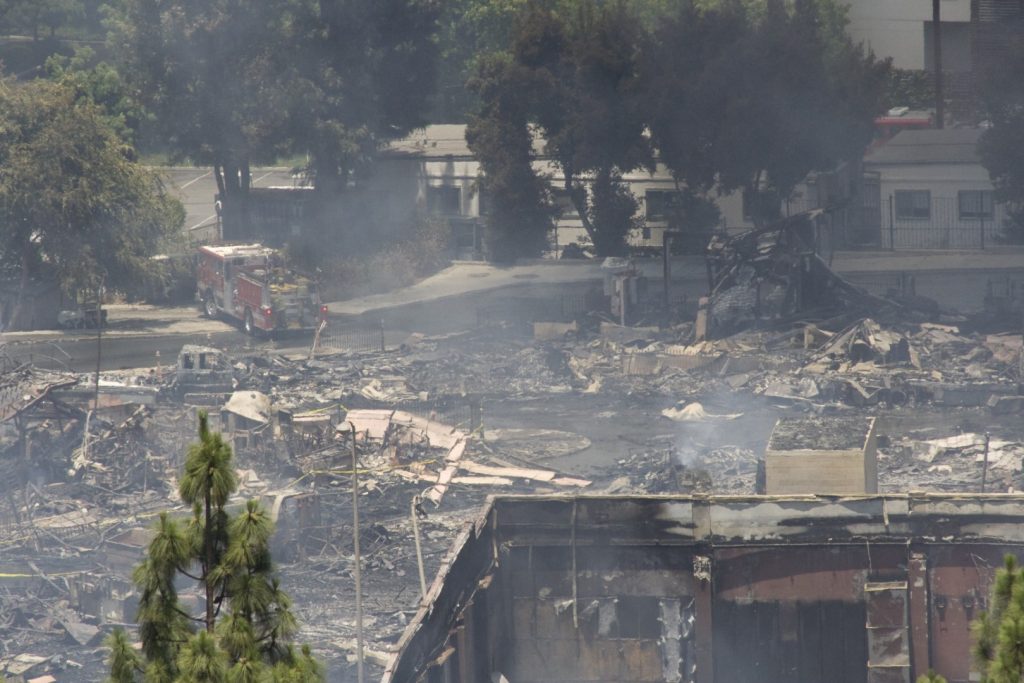
Universal Music’s loss shows us physical media is still invaluable
By Jerrison Oracion, Senior Columnist
In the digital era, lots of content is purchased or viewed through a computer or mobile device. Just a couple of decades ago you would have to go to a store to get new content, then you’d have to open the physical case of the VHS, DVD, or CD and put it in a player. Two years ago I wrote an opinion piece on why physical media will still exist in the future. The medium can also be used to restore material and preserve it for future generations to see and hear.
Many restorations of films are made possible using original film negatives or with missing film prints being found. These materials are preserved in archives so that they can be used again to remaster them in a higher quality when new technology is developed.
A recent news story has showed why physical media is important. Remember the fire that happened at Universal Studios in Hollywood in 2008 where parts of the set of the Back to the Future film series were damaged and the King Kong section of Studio Tours was burned down? The section that was burned down was also the location of a vault that had most of Universal Music’s catalogue—including the master tapes of many important moments in music history. Initially it was reported that the vault was not damaged by the fire, but when the New York Times Magazine published a feature called “The Day the Music Burned” on June 11 of this year, they revealed that the vault also burned down in 2008.
Because the original recordings of the music in that vault were destroyed, we will never hear the highest quality version of the music of Nirvana, Tom Petty and the Heartbreakers, Buddy Holly, and even Sheryl Crow. When new technology is available to remaster the music, the material in the vault could have had an improved sound and clarity and might have revealed sounds that we’d never heard before in the original release. Like a film print, the original master tape of an album has all of the details of the recording and more details can be found when the original is remastered.
In comparison, the digital file of an album contains all of the data of the recording but it cannot be improved. While the digital masters can be remastered, the New York Times piece explains, there will be no difference between the previous remaster and the new remaster because the audio resolution will remain the same—it will just be louder.
In addition, the servers that the digital files are on do not last as long as a master tape and they cannot be recovered when they malfunction. We would need exact copies of the original master tapes to restore a lost catalogue like Universal Music’s.
That is why we should still use physical media because if you preserve everything digitally, there is a very high risk that future generations will not be able to experience a work in highest fidelity—and re-experience it when remastered. If the contents are properly taken care of, the originals can be used again to produce improved recordings. Physical media can sound better than digital and it can also preserve the history of music.



